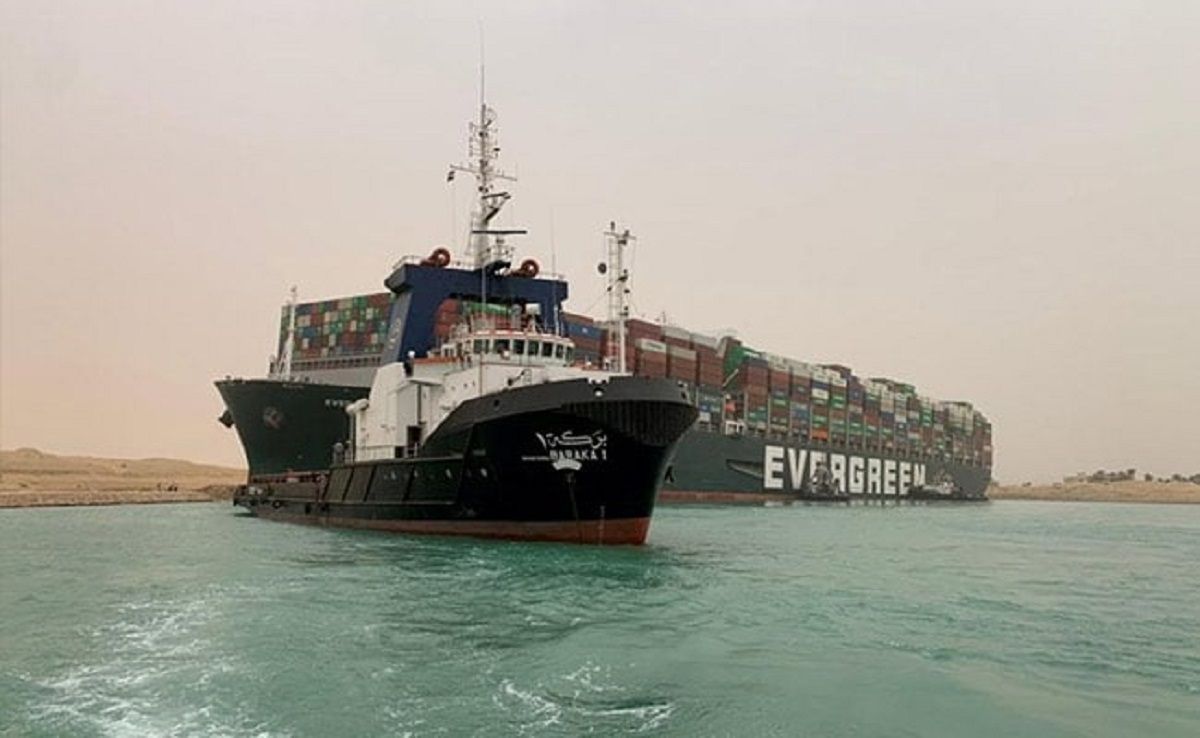New Delhi: The giant container ship that blocked the Suez Canal for almost a week was fully floated on Monday and traffic in the waterway started resuming, said the canal authority in a statement, reported news agency Reuters. The 400-metre (430-yard) long ‘Ever Given’ became jammed diagonally across a southern section of the canal in high winds early last Tuesday, halting traffic on the shortest shipping route between Europe and Asia. “She’s free,” an official involved in the salvage operation said.
After dredging and excavation work over the weekend, rescue workers from the Suez Canal Authority (SCA) and a team from Dutch firm Smit Salvage succeeded in partially refloating her early on Monday using tug boats, two marine and shipping sources said. Efforts to completely free her continued throughout the day.
At least 369 vessels have been waiting to transit the canal, including dozens of container ships, bulk carriers, oil tankers and liquefied natural gas (LNG) or liquefied petroleum gas (LPG) vessels, SCA Chairman Osama Rabie said. The freeing of the vessel came after dredgers vacuumed up sand and mud from the vessel’s bow and 10 tugboats pushed and pulled the vessel for five days, managing to partially refloat it at dawn.
It wasn’t clear whether the Ever Given, a Panama-flagged, Japanese-owned ship hauling goods from Asia to Europe, would continue to its original destination of Rotterdam or if it would need to enter another port for repairs. Ship operators did not offer a timeline for the reopening of the crucial canal, which carries over 10% of global trade, including 7% of the world’s oil. Over 19,000 ships passed through last year, according to canal authorities.
Millions of barrels of oil and liquified natural gas flow through the artery from the Persian Gulf to Europe and North America. Goods made in China furniture, clothes, supermarket basics bound for Europe also must go through the canal, or else take the detour around Africa. The unprecedented shutdown had threatened to disrupt oil and gas shipments to Europe from the Middle East and raised fears of extended delays, goods shortages and rising costs for consumers.
The salvage operation successfully relied on tugs and dredgers alone, allowing authorities to avoid the far more complex and lengthy task of lightening the vessel by offloading its 20,000 containers.
(With inputs from agencies)
